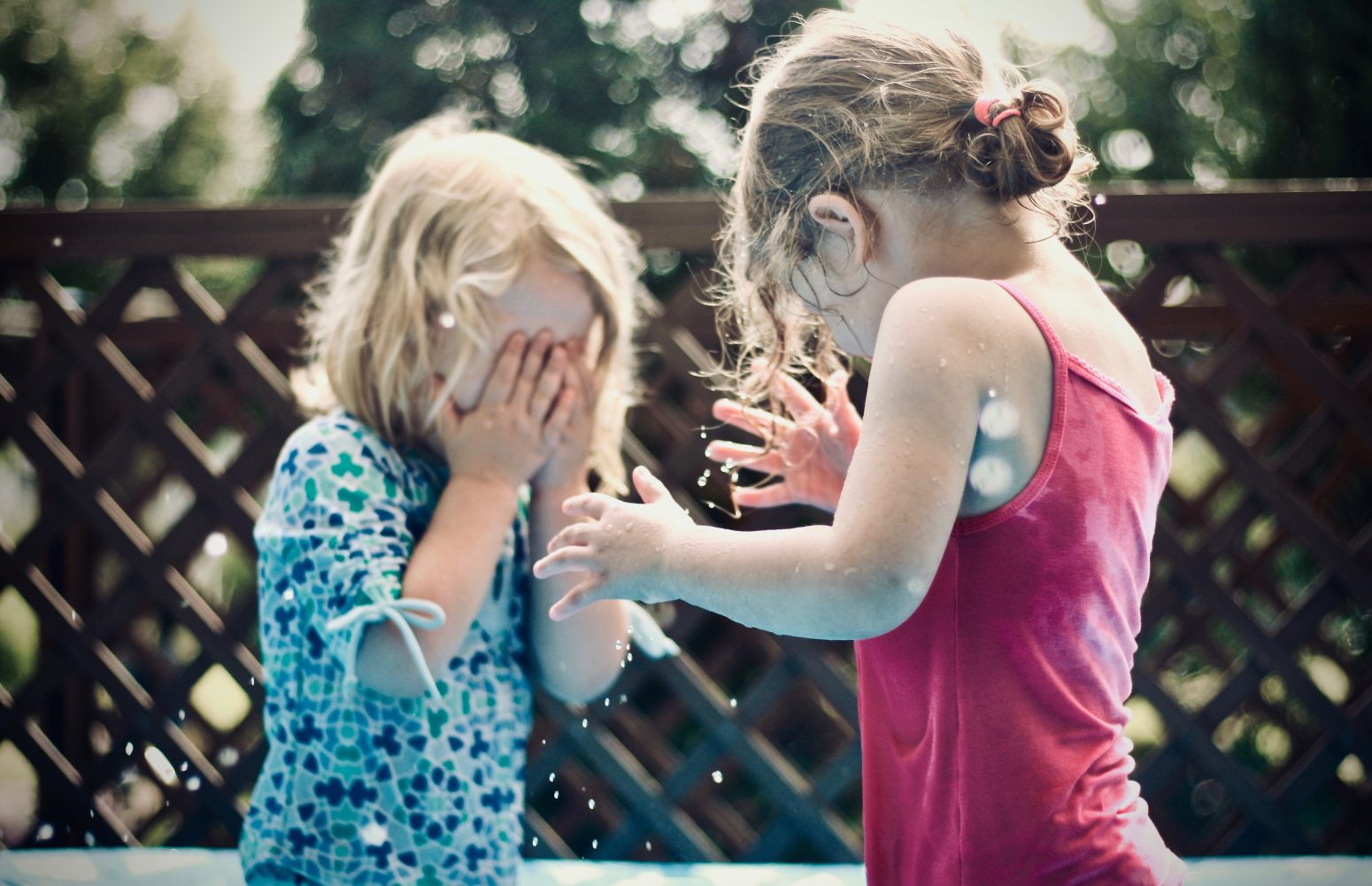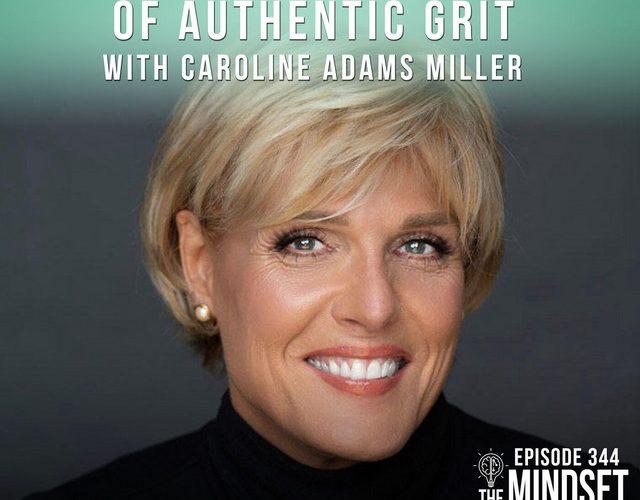November 28, 2018 – By Caroline Adams Miller, MAPP, with Eve Kessler, Esq.
In a well-intentioned—but misguided—effort to protect our children from failure, we’ve created a generation lacking the skills to overcome adversity • But it’s never too late to change the dynamic • Here’s how to get started helping your children develop grit, the quality that will allow them to live their best lives
The self-esteem movement of the 1980s had a tremendous impact on how the millennial generation was raised. Believing that high self-esteem led to positive social, emotional, and mental health, parents and educators bubble-wrapped their children, shielding them from stress, adversity, risk-taking, and anything else that might hamper their burgeoning self-confidence.

While we are all invested in the well-being of our children, the self-esteem movement’s mindset of fear and safety took the desire to protect our kids to the extreme. It started on playgrounds with plastic slides and woodchips. Schools began to prohibit tag at recess, give “participation” trophies to all kids, ban the selection of valedictorians, and sanitize reading lists. States removed parallel parking from their driving tests. Nike created Velcro-closing sneakers. Kids stopped climbing trees. Colleges created “safe spaces,” where students could watch puppy videos in the dark while eating cookies. Emotional support and comfort animals became a mainstay on airplanes. Everyone was “awesome.”
Grit Over Awesomeness
But the “awesomeness” movement backfired. Eliminating adversity from children’s lives hindered them in the long run. Rather than raise resilient risk-takers, we created fragile, narcissistic young adults with underdeveloped critical thinking skills and the inability to handle adversity.
What we truly want is for our kids to be motivated to do their best, to persist with more courage than fear, and to be prepared to overcome obstacles in their path.
Research shows that grit could be the key ingredient to a flourishing life. The happiest people face hard goals with passion, perseverance, purpose, and humility. They help and inspire others. They have will power and the capacity to delay gratification. When something matters to them, they have the ability to pick themselves up and develop a mindset that keeps them going, even when they don’t want to keep going—to cultivate grit in the face of failure.
Grit is not talent or luck. As defined by positive psychology expert and author Caroline Adams Miller, “authentic grit” is the passionate pursuit of hard goals that awes and inspires others to become better people, to flourish emotionally, take positive risks, and live their best lives—to “shoot for the moon” by focusing on a cause greater than themselves; “ordinary grit” is the pursuit of extraordinary goals in everyday life by everyday people.
Take Action: Cultivate Grit
Following are some strategies to help your kids become their best selves. These also serve as a reminder that grit isn’t just for kids.
- Identify and use individual strengths. Know your own and your child’s top five strengths. Have your child use the Values in Action (VIA) character strength survey, which ranks strengths on a scale of 1 to 24. Make sure your child understands the strengths she has. Point out ways she is tenacious and resilient and recognize how she uses grit each day.
- Shoot for something with passion. Kids are influenced by seeing others (parents, peers, people they know) “go for broke,” as well as by stories of ordinary people overcoming obstacles (e.g., a news story of a homeless woman with five children going to law school against all odds).
- Have high standards and support your kids to reach their goals. Kids need role models with great abilities and high principles and ideals. For example, kids love to try to beat sports records and to see others try to best them, as well. Have your child’s school post its sports records. When one kid beats a record, it will motivate others to believe that they, too, have “what it takes.”
- Prime the environment. Model how your child can motivate herself every day. Technology can help, such as a cell phone reminder of what goal she wants to achieve today or over time. When that goal is achieved, create a new goal to be tackled.

- Embrace random jolts. Use unexpected blows as catalysts for creativity and success. Tell stories of how something you thought would be detrimental became the stimulus for positive action, for example, how Keith Jarrett created the best-selling jazz recording of all time on an out-of-tune piano.
- Create a resiliency mindset. When faced with challenges, say, “Why not?” Take what may be an unrealistic goal and tweak it to become even harder. For example, if your child believes she is a strong swimmer, maybe her goal is to make the high-school swim team, or maybe it’s to be recruited by a college swim coach. Always keep in mind where your child is on the developmental spectrum: if she is struggling in school academically or socially, perhaps her version of grit and resiliency is to get out of bed in the morning and be on time for school.
- Develop persistence. Angela Duckworth, PhD, professor of psychology and MacArthur fellow, is the author of Grit: The Power of Passion and Perseverance, a psychological examination of the power of grit, and creator of the Grit Scale, which identifies traits that might predict achievement. She describes grit as having a long-term goal that organizes and gives meaning to everything you do and “maintaining effort and interest over years despite failure, adversity, and plateaus in progress.”
- Cultivate patience. Model the importance of waiting for rewards, despite disappointment or boredom, for example, by planting pumpkin seeds in late spring for a Halloween harvest. Teach how to delay gratification through deliberate strategies, such as adding more knowledge before making decisions, or putting a desired purchase on layaway instead of buying it outright on credit.
- Create an environment where you are interested in uplifting other people’s goals as well as your own. Teach your child that the success of others does not reflect negatively on her. This is referred to as The Shalane Effect, named for Shalane Flanagan, an American long-distance runner who, as well as focusing on her own success, actively mentors and inspires other female runners in what is typically an aggressively competitive environment. Shalane believes that her approach makes her a “better athlete and person” and allows her to have “more passion” toward her training and racing.
Remember that, even if you have enabled your child in the past, there is never a wrong time to demand a different kind of excellence and perseverance from her—and from yourself as well.
This article is based on How to Cultivate Grit in Your Kids… And Put the AWE Back in AWESOME, a presentation by Caroline Adams Miller, MAPP, speaker, consultant, educator and author of Getting Grit: The Evidence-Based Approach to Cultivating Passion, Perseverance, and Purpose. Eve Kessler, Esq., a criminal appellate attorney with The Legal Aid Society, NYC, is co-founder of the not-for-profit SPED*NET, Special Education Network of Wilton (CT) and a Contributing Editor for Smart Kids with Learning Disabilities.




